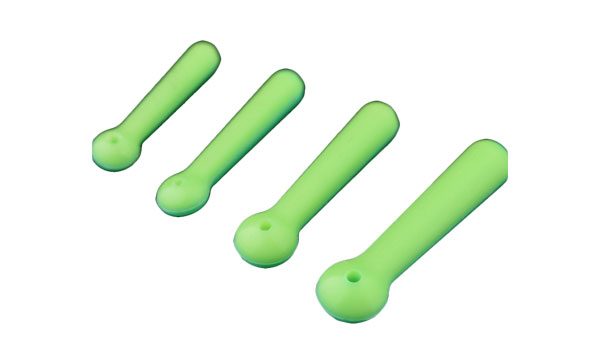

1.The Drift Seat role of bleaching: One: Adjust the sta […]
1.The Drift Seat role of bleaching:
One: Adjust the state of double strands and double bait (single strand single bait) at the bottom (off the bottom).
Second: Generate fish news to decide the timing of pole raising.Adjusting the state of the double strand and double bait under the water can be done by any drift. Whether the double strands and double bait are ideal under the water depends on the angler, not the float. There are many factors for anglers to consider, such as bait weight, hook distance, strand softness, bottom sauce condition, fish condition, etc. Whether the condition of the double strands and double bait on the bottom of the water is reasonable is an important factor for catching a good fish.
2.About Drift Seat bleaching:As mentioned above, the second role of drifting is to generate fish signals to choose the timing of pole raising. This must be said of drifting. Different floats will produce different details in the same fish situation. A float float is related to the characteristics of the action of turning over, in place, taking off and sending the float after the float. The long float feet turn faster than the short float feet, and the short float tail turn faster than the long float feet.
3.About the amount of lead
First of all, we must figure out which factors determine the amount of lead that a bleacher eats, and the amount and material of the bleacher are the key factors. The displacement is easy to understand. In fact, it is the volume of the body. The same material, the one with the largest body volume must eat a lot of lead, because the displacement is large. As for the material, the same drift body volume must be the lighter the body weight, the greater the lead consumption, that is, the smaller the average density of the drift body, the greater the lead consumption. Reed bleaching of the same bleaching type must consume more lead than wooden bleaching because the density of reeds is lower than that of wood.
